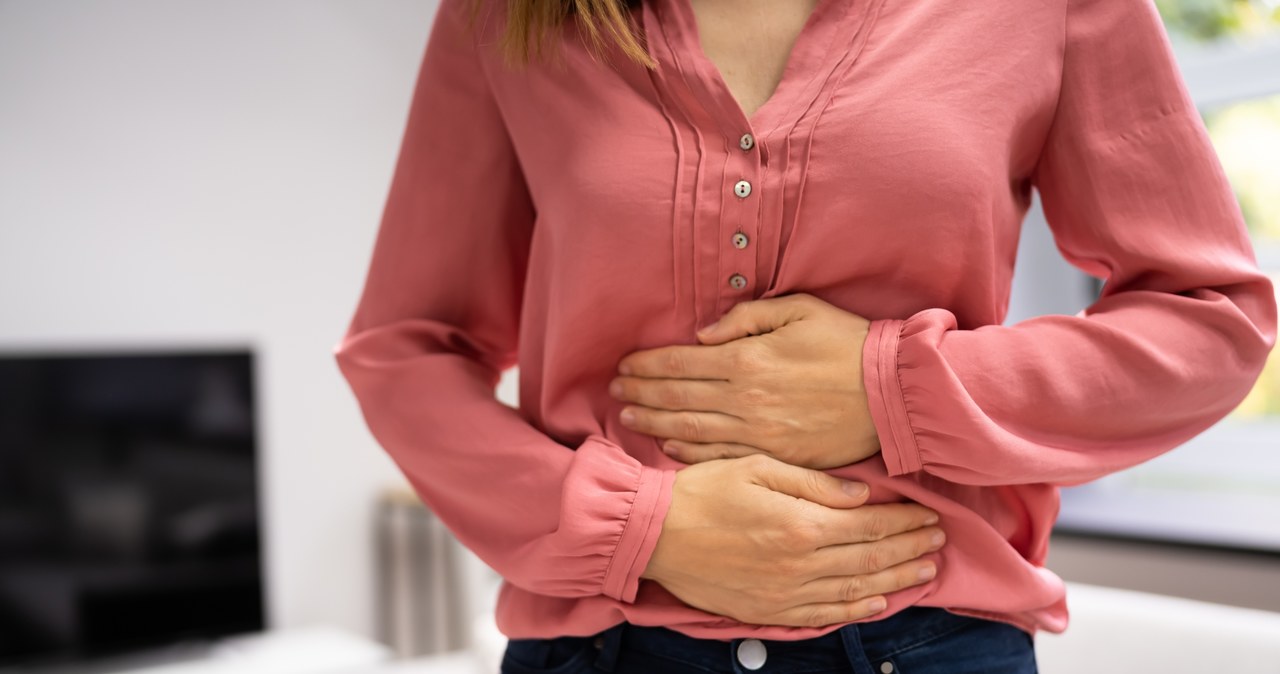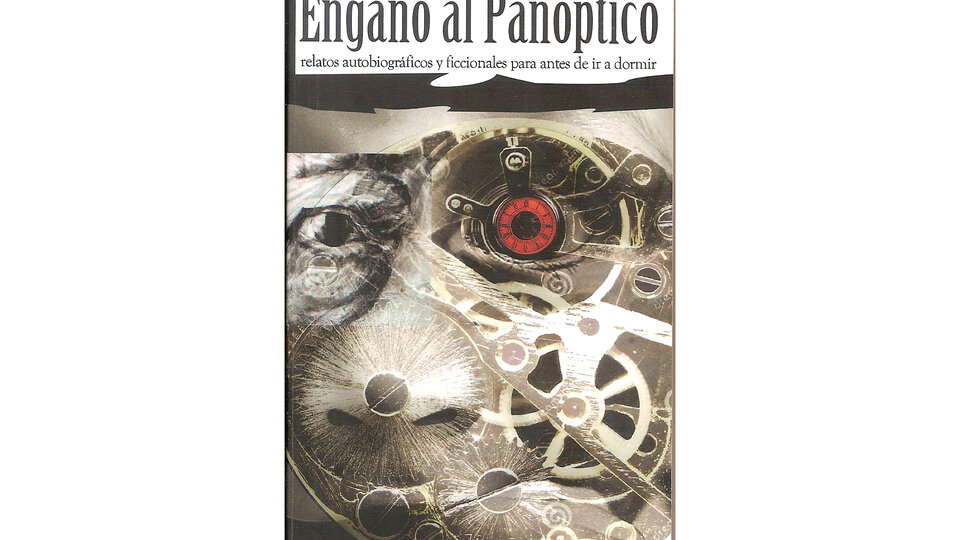SIBO, or small intestinal bacterial overgrowth, is a condition in which too many bacteria appear in the small intestine or bacteria that normally reside in the large intestine get there. So far, the direct cause of SIBO is unknown. However, it is known that in the vast majority of cases, small intestinal bacterial overgrowth syndrome accompanies other diseases. This includes: diseases such as liver cirrhosis, celiac disease, pancreatitis, diabetes and Crohn’s disease. SIBO may be associated with vitamin deficiencies. In such a case, do not forget about appropriate supplementation.
Bacterial overgrowth of the small intestine leads to impaired digestion and absorption of food. Symptoms of SIBO are non-specific, they may occur simultaneously and vary in frequency and duration. Primarily:
- bloating and gas,
- stomach pain,
- feeling of food overflowing in the abdominal cavity,
- diarrhea,
- sometimes constipation,
- belching and indigestion,
- enlarged abdominal circumference
- tiredness.
Treatment of SIBO depends primarily on the cause of the small intestine bacterial overgrowth syndrome. Most often, patients are given antibiotics. Therapy should last up to 10 days. In patients whose SIBO results from anatomical changes, appropriate surgical treatment may bring good results. Regardless of the treatment used, SIBO patients should remember about proper nutrition.
In the case of small intestinal bacterial overgrowth syndrome, three diets are primarily recommended – Low Fodmap, GAPS Diet and SCD Diet. All three diets are considered a restrictive way of eating and should not be treated as a slimming diet.
The Low Fodmap diet aims to exclude products containing short-chain carbohydrates and fermentable oligosaccharides, which are poorly absorbed by the body and can lead to bloating and abdominal pain.
List of prohibited products:
- products containing a significant amount of fructose – carbonated drinks, honey, jams, sweets, honey, sweeteners, sweet snacks, cakes and other desserts
- fruits – cherries, lychees, pears, apples, mangos, peaches, avocados, plums and watermelons
- vegetables – asparagus, mushrooms, cauliflower, artichokes, sugar snap peas, beans, peas, soybeans, lentils, onion, broccoli, patisseries, leek, fennel and garlic
- other products – all products containing lactose and cashews, pistachios, dried fruits, wheat, barley and rice
These products are eliminated for a period of 4-8 weeks. After this time, you should monitor your body and slowly introduce prohibited products. If they are well tolerated, they can be included in the diet permanently, while others should be omitted.
The Gut and Psychology Syndrome diet is based on the elimination of harmful substances such as: complex carbohydrates, sugar and sweeteners, processed products, legumes, unripe bananas, cocoa, products containing lactose, alcohol, coffee and strong tea. The basis of the diet is broth prepared with good quality meat and vegetables. In addition, you can eat pickled foods, fish, eggs, fruit and vegetables (except those prohibited) and vegetable oils.
The GAPS diet should last about two years. It consists of six stages:
Stage 1 – the so-called introductory phase. It lasts from five to seven days and during this time only broth should be consumed
Stage 2 – you can include pickled vegetables and stewed vegetables in your diet
Stage 3 – eggs and vegetable oils can be included in the diet
Stage 4 – baked meals can be included in the diet (all dishes must be cooked beforehand)
Stage 5 – you can start eating raw vegetables
Stage 6 – you can start eating raw fruit
SCD Diet, or specific carbohydrate diet, is based on the assumption that microorganisms need carbohydrates to live, therefore eliminating them will lead to a reduction in the number of bacteria in the intestines. For this reason, all products containing complex carbohydrates should be excluded from the diet.
List of prohibited products:
- cereal products – wheat, barley, rye, oats, buckwheat, bulgur, millet, quinoa, rice, muesli, tapioca,
- fruits and vegetables – potatoes, sweet potatoes, corn, legumes, canned vegetables, canned fruits,
- meat and fish – meat and fish products, processed products (hot dogs, pates, sausages, cold cuts), ready meals, fast food,
- dairy products and protein products – cow’s milk, buttermilk, goat cheese, cottage cheese, cheese spreads, feta cheese, kefir, mozzarella, ricotta, mascarpone, cream, soy milk, tofu, fruit yogurts, milk ice cream, whipped cream,
- other products – sugar, sweeteners, molasses, maple syrup, sucrose, agave syrup, margarine, sweets, ice cream, cakes, fruit juices and carbonated drinks.
SEE ALSO:
No more precise calorie counting. This will be the most fashionable diet in 2024
Broth and pickles are the basis of the GAPS diet. It heals the intestines and the entire body


